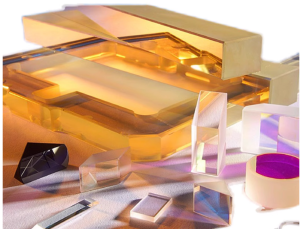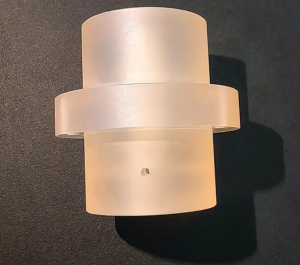An optical prism is a transparent optical element. The surface of the polished prism can refract light.
Prisms can divide light into original components, namely spectrum, and can also be used to reflect or divide into different polarized light.
When light waves enter from one medium to another, the speed of light changes, the propagation direction of light will also bend, and different degrees of light will be reflected.
The refractive index of most media is related to the wavelength or color of light. When the prism surface refracts, the dispersion will cause different degrees of color separation. Sometimes only the surface reflection of the prism is used to replace the dispersion. If the light inside the prism reaches the surface at a steep angle, it will produce total reflection, and all the light will be reflected back inside.
Main types of optical prism:
Dispersion prism: It is mainly used to decompose the components of light and make the light present the color of its original spectrum. Due to the influence of light frequency on the refractive index, when white light with different frequencies is injected into the prism, light waves with different frequencies will deflect to different degrees. Blue light is slower than red light, so it deflects more than red light.
Prisms can be used to illuminate at a specific angle, it can be used to adjust the direction of the image, and can also offset light. The design principle of prisms is to determine how they interact with light.
Optical characteristics: prism can change the direction of light beam without changing its concentration and dispersion.
Effect: You can make the image appear to move towards the top of the prism.
The types of prisms provided by Hanzhong Borisun Optics include equilateral prisms, right-angle prisms, ridge prisms, pyramid prisms, Dawey prisms, wedge prisms and pentagonal prisms. The types of substrates include K9 optical glass, zinc selenide, quartz, ultraviolet fused quartz, etc. All materials can be coated without coating or reflective film or antireflective film.
In many imaging systems, it is helpful to deflect the prism of the ray path or shift the image from its original axis. The ray is usually deflected at 45 degrees, 60 degrees, 90 degrees and 180 degrees, which helps to aggregate the system size or adjust the light path without affecting the rest of the system settings. Rotating prism, such as Dow prism, is used to rotate the inverted image; The offset prism maintains the direction of the light path and adjusts its relationship with the normal.




